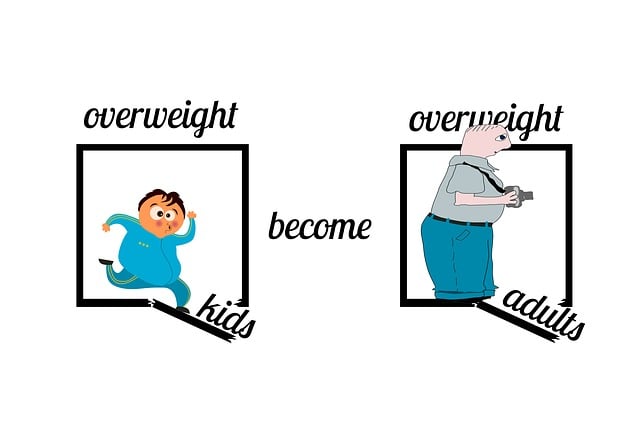Private Mortgage Insurance (PMI) is a protective measure for lenders in the real estate market, especially for first-time buyers with low down payments. It can be paid upfront or incorporated into monthly mortgage costs, but it allows individuals to own homes with smaller initial investments. Borrowers can eliminate PMI once they've built 20% equity, reducing expenses. Homeowners can terminate PMI when their loan-to-value ratio (LVR) reaches 78%, by providing evidence of this to lenders. Strategies to remove PMI include increasing home equity, maintaining excellent credit scores, and exploring refinance options with no-PMI products to save money in the long term.
In the competitive real estate market, understanding private mortgage insurance (PMI) is crucial for homeowners. This article guides you through the process of ending PMI coverage, a significant financial step with long-term benefits. We’ll explore how and when to terminate PMI, delving into eligibility criteria and effective strategies. By following these steps, real estate owners can save thousands over time, offering both financial relief and enhanced property equity.
Understanding Private Mortgage Insurance (PMI) in Real Estate

Private Mortgage Insurance (PMI), often a requirement for borrowers with low down payments, plays a significant role in the real estate landscape. It’s essentially an additional insurance policy that protects lenders against potential losses if a borrower defaults on their mortgage. In simple terms, PMI is a one-time fee paid by homeowners at closing or rolled into their monthly mortgage payment, ensuring that the lender stays protected.
This type of insurance is particularly common in the real estate market, especially for first-time homebuyers. While it adds to the overall cost of owning a home, it allows many individuals to enter the real estate market with smaller down payments. Once a borrower’s equity reaches a certain level—typically 20%—they can choose to cancel PMI, reducing their monthly expenses and reclaiming more control over their financial situation.
When and How to End PMI Coverage: Eligibility Criteria

Many homeowners wonder when and how to end private mortgage insurance (PMI) coverage, especially as their real estate investments mature. PMI is typically required for borrowers who put down less than 20% on a home purchase. The good news is that you can terminate PMI once your loan-to-value ratio (LVR) reaches 78%. This usually happens when you’ve paid down the principal balance of your mortgage significantly over time.
To end PMI coverage, you’ll need to provide evidence of your updated LVR to your lender. This might include recent appraisals or other documentation showing that your home’s value has increased, allowing for a lower loan amount relative to its worth. It’s important to note that specific eligibility criteria apply, and lenders have the right to request additional information to verify your financial standing before agreeing to remove PMI.
Strategies to Remove PMI and Its Long-Term Financial Benefits

To remove Private Mortgage Insurance (PMI) and gain long-term financial benefits, homeowners can employ several strategies. Firstly, increasing your home’s equity through consistent payments can eliminate PMI requirements, as lenders consider it a reduced risk. This can be achieved by paying down the principal balance faster or making additional mortgage payments above the minimum due.
Additionally, maintaining a strong credit score is vital. A higher credit rating reduces the need for PMI in the first place and can lead to better interest rates over time. In the real estate market, this translates into significant savings, as lower interest rates mean less overall cost for the loan. Moreover, exploring refi options with lenders who offer no PMI products can be a game-changer for homeowners looking to secure their financial future.






